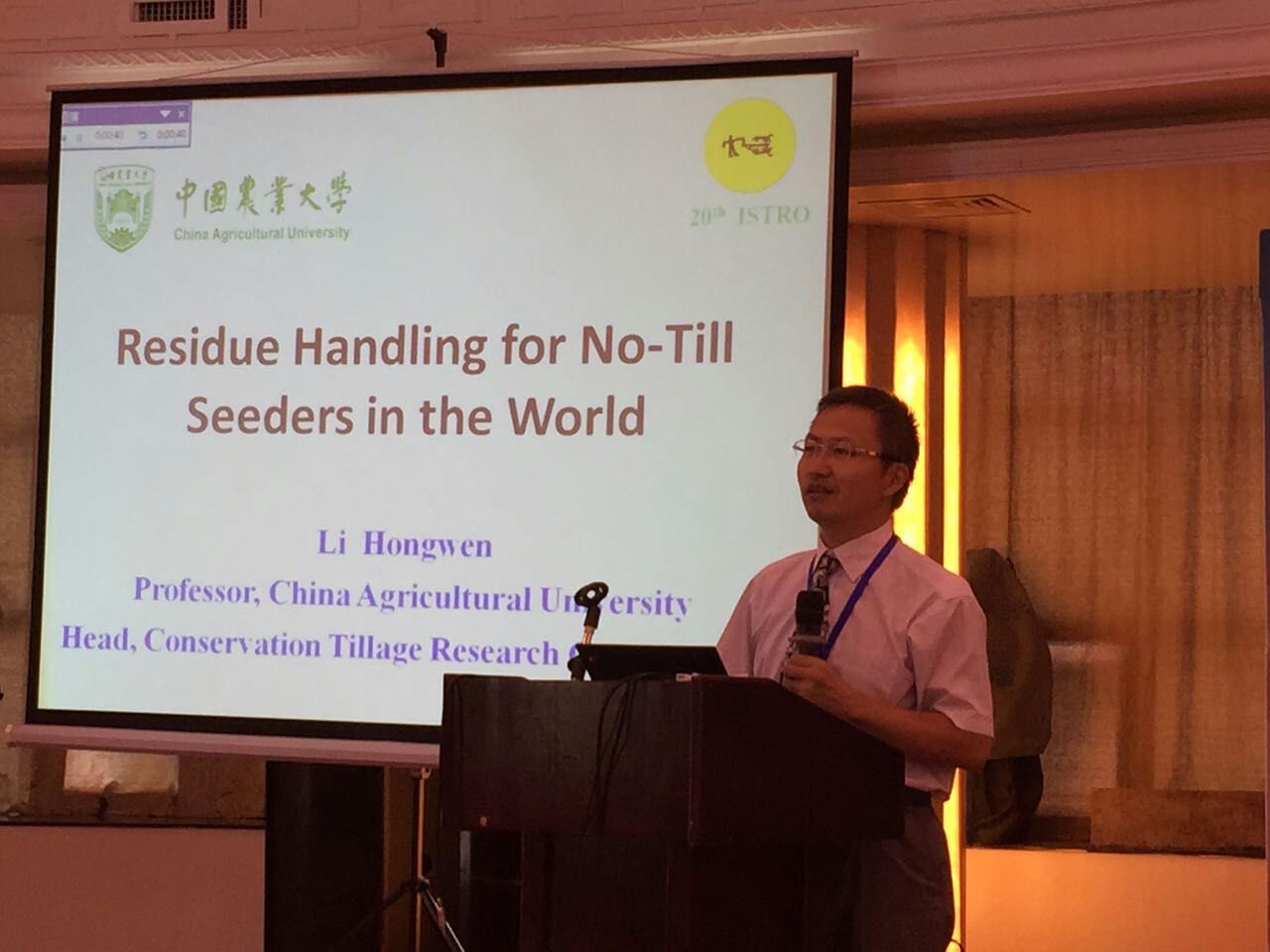Effect of ridge tillage, no-tillage, and conventional tillage on soil temperature, water use, and crop performance in cold and semi-arid areas in Northeast China
October 20,2015Infos:
In cold and semi-arid Northeast China, insufficient soil accumulative temperature and low water use efficiency (WUE) are the limiting factors for the further development of agriculture. Ridge tillage (RT) has been proposed to improve soil temperature and water conservation. Data from a 3-year field experiment conducted at two locations (Sujiatun and Lanxi) in Northeast China were used to compare RT, no-tillage (NT), and conventional tillage (CT) in a spring maize
cropping system. At both sites, RT and NT significantly (P < 0.05) increased mean soil temperature to 0.10m depth, relative to CT, by 0.7–2.48C in the cold season during the spring maize growing stage. Mean soil moisture depletion in the RT treatment was greater by 1.2–4.1% (Sujiatun) and 0.6–3.0% (Lanxi) than in NT and CT, respectively. Mean maize yields over 3 years for RT were ~9.9% greater than for CT, whereas the yield advantage in the NT treatment was only slight. In Sujiatun, WUE was 8.0% and 8.6% greater under RT than under NT and CT, respectively, and in Lanxi, WUE was 7.7% and 9.6% greater under RT than NT and CT. Ridge tillage is recommended to the farmers to obtain higher crop yield and WUE in Northeast China.
Featured Downloads
- Traffic and tillage effects on wheat production on the Loess Plateau of China: 2. Soil physical properties 2015-10-20
- Thoughts on developing small/medium size...... 2015-10-20
- Effects of 10 years of conservation tillage on soil properties and productivity in the farming–pastoral ecotone of Inner Mongolia, China 2015-10-20
- Design and Experiment of ф-type-knots Knotters on Chinese Small Square Balers 2015-10-20
- Conservation Agriculture in the 21st Century 2014-06-23
- Effects of 15 years of conservation tillage on soil structure and productivity of wheat cultivation in northern China 2015-10-20
